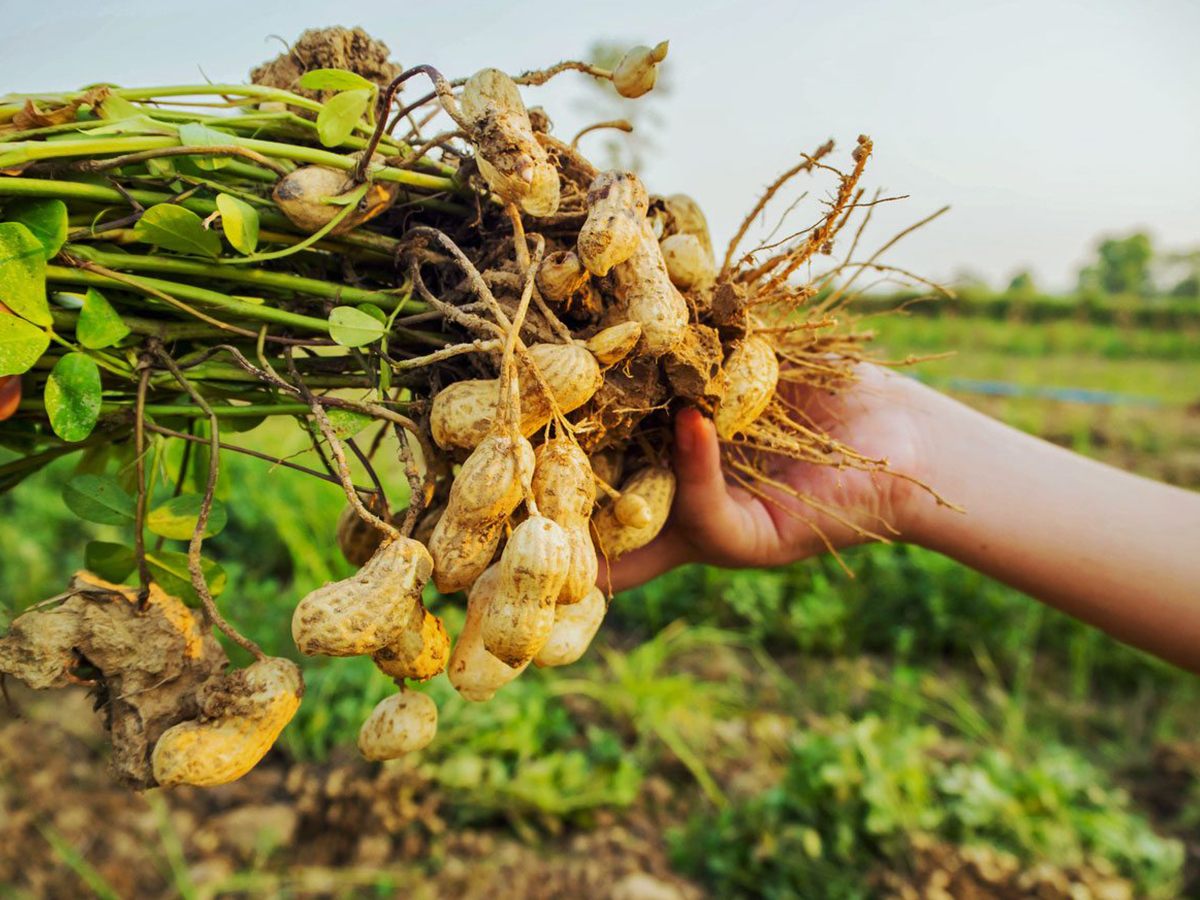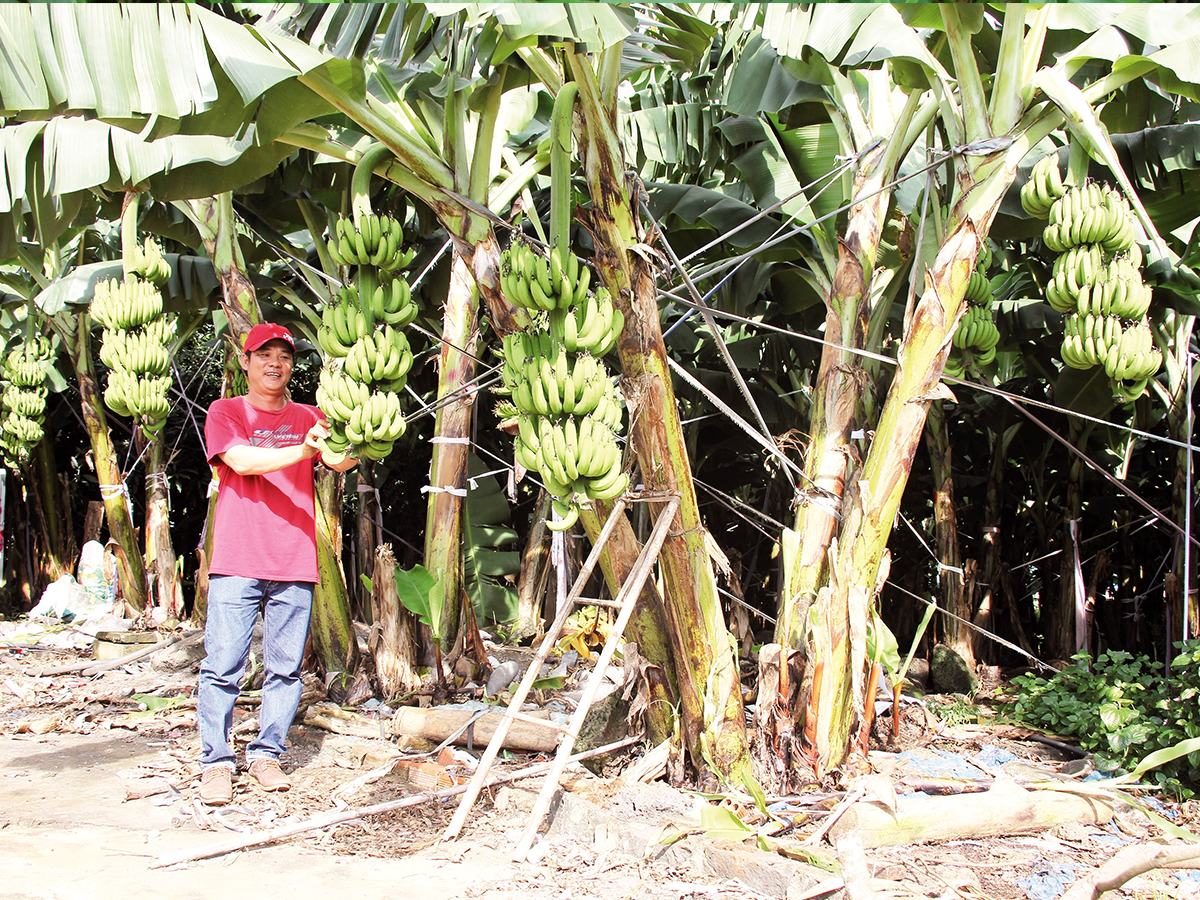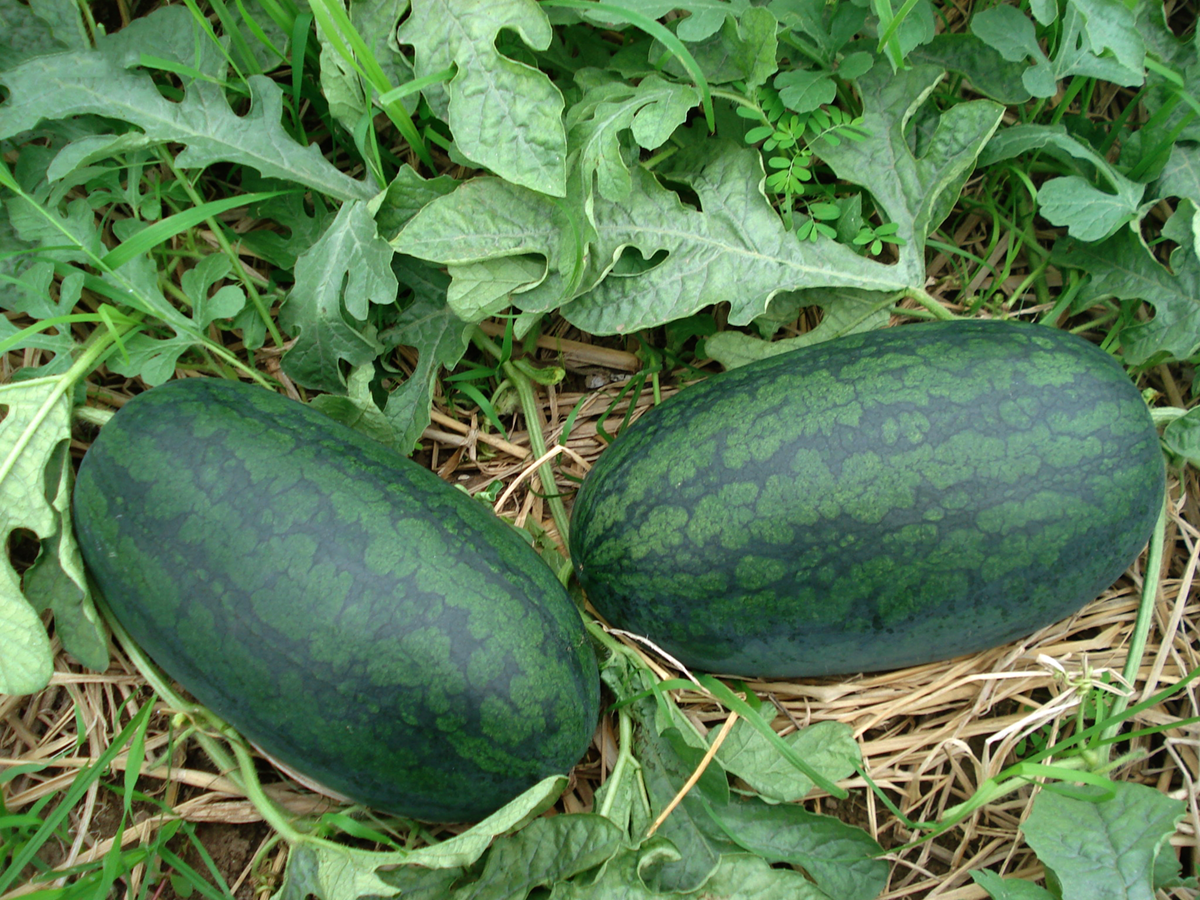RATIONALE FOR THE USE OF SILICIC ACID BASED PRODUCTS
The importance of the use of silicon (compounds) in agriculture is still being denied. When Si is added to the soil, plants show an improved growth, higher harvest yields are achieved, leading to reduced mineral toxicities and better disease and insect resistance.
Silicon is also helpful for the soil, the micro-organisms and the plants. Specifically (mono) silicic acid is the ‘silicon key molecule’ being the only bio-available and bio-active molecule for plants, humans and animals. Unfortunately, this silicic acid molecule is very unstable resulting in low concentrations in the soil, often too low for optimal growth of the plant.
This overlooked phenomenon is enhanced by monocropping and the (over-)use of fertilizers / agro-chemicals (such as pesticides) which further decreases the silicic acid concentration.
Silicic acid is important, very important. It acts as a bio-stimulant for the growth of the plant and helps the plant to overcome infections and stress factors like heat, drought and salinity.
So, when bio-active silicic acid is added, plants show an improved growth, higher yield, reduced mineral toxicities and better disease and insect resistance.
Moreover, silicon stimulates the beneficial micro-organisms in the (top) soil resulting in synergistic effects for the uptake of nutrients by the plant.
The silicon paradox is the contrast between the large quantities of silicon (silicates or silicon dioxide) in the soil and the very low concentrations of mono-silicic acid. So it isn’t the quantity of ‘silicon in the soil’ but the quantity of bio-available silicic acid.
Attempting to overcome low levels of bio-silicon content, silicates (‘silicon-salts’) are used as silicon fertilizers. While these applications are beneficial, the outcome shows limited results because the transformation into silicic acid is still too low. High quantity of silicates need to administered in order to be effective, making it unattractive for farmers, due to high investments and low returns.
At the end of last millennium silicic acid was sucessfully synthesized and stabilized. This scientific achievement marked the beginning of a new era of healthy plant growth through Silicic acid. Silicic acid is safe and can be used in a combination of formulas with other essential minerals or important nutrients. For instance, the synergistic effects when combined with boron are even more effective than silicic acid alone.
Dependant of the crop type, other micro-nutrients are added such as Zinc (Zn up to 1,6%), Copper (Cu up to 0,25%) and Molybdenum (Mo up to 0,1%).
Our formulas containing these micro-nutrients and silicic acid targeting specific plant families are marketed as Opti RICE, Opti Veggie,…
Our silicic acid formulas are used mostly as bio-stimulants for leafs. By using leaf application, silicic acid ‘escapes’ from the many chemical reactions located within the soil and remains bio-active. Silicic acid is then absorbed by the leaf stimulating photosynthesis locally, regulating root growth from the top-down and therefore enhancing the uptake of nutrients.
Agriculture products
There is growing proof of the importance of Silicon for plants. Silicon (Si) is after oxygen the most common element of the Earth’s crust. Silicon is present in almost any soil type as a major inorganic constituent for almost any crop.
Silicon in the soil can be divided into several fractions like Silicon dioxide (SiO2), silicates, biogenic silica and dissolved silicon compounds like mono- and poly- silicic acids. Among all these silicon compounds only mono (= ortho) silicic acid (=mSA) is plant available and bioactive. Despite the ample presence of silicon in the soil, the concentration of mSA is often (very) low.
Moreover, plants differ in their ability to accumulate Si resulting in plants with a higher Si content, like monocots (1 – 10%) and a lower Si content like dicots (0.1 – 1%).
The key problem is the availability of mSA: in silicic acid-deficient conditions plants show stunted growth, are structurally weaker, are more prone to abiotic and biotic stresses. This results in lower yields together with a higher disease incidence.
The role of mono silicic acid for the plant
After uptake mono-silicic acid is transported via the xylem and next distributed to plant tissues. Silicon plays a role in enhancing the root architecture resulting in a higher uptake of all kinds of nutrients and consequently in a higher growth rate and higher yield.
Silicon increases stem/tiller strength (preventing lodging). Silicon is deposited in leaf epidermal cells, strengthening the surface of the leaves resulting in higher resistance to fungal attacks. Hence, the administration of silicon compounds is essential for optimising productivity.
Solution for the silicic acid deficiency: foliar application of mSA
Because the concentration of mSA is low, external supplementation of mSA is almost mandatory. To circumvent the problematic uptake by the roots mSA can be supplied via the leaves. Foliar application of mSA is shown to be very effective: the plant growth is enhanced due to a larger root system resulting in more and stronger stems and tillers and larger leaves.
Due to the higher uptake of all kinds of nutrients, the plants are healthier resulting in a lower infection rate.
Due to the larger leaves with higher chlorophyll content, photosynthesis is increased being important for flowering and consequently the yield of grain or fruit.
OPTI RICE is a liquid foliar bio-stimulants based on stabilized, highly bioavailable Silicic Acid (Si (OH)₄) and a mixture of synergistic, including Boron, Molybdenum and Zinc.
OPTI RICE provides mono-silicic acid (Si(OH)₄) and necessary micronutrients to improve growth and yield, plant health and resistance against stress.
OPTI RICE is user-friendly and fully bio-degradable, it does not leave any toxic residues on plants and is not harmful to beneficial insects. Further it is safe for farmer and consumer
OPTI RICE is intended for the cultivation of a wide variety of agricultural crops (like wheat, barley, rice, corn, sunflower, potato, sugar beet, sugar cane, rapeseed, and soy), flower and ornamental plants, vegetable and greenhouse crops.

 Tiếng Việt
Tiếng Việt Indonesia
Indonesia





